
Marc Debnam/Digital Vision/Getty Images
Seating of Special Guests
Wedding ceremonies may vary because of religious requirements or the size of the wedding party, but the ceremony usually begins with the seating of special family members. As music is played, grandmothers are escorted in by ushers and seated. Next, mothers are escorted and seated. The groom's mother is first, followed by the bride's mother.
Groom and Attendants' Procession
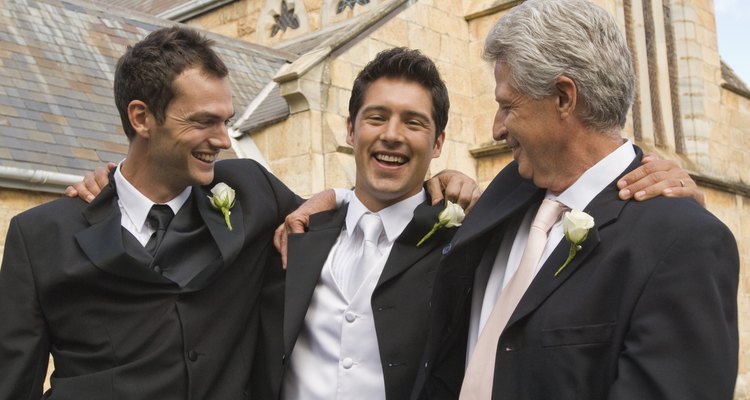
Jupiterimages/Pixland/Getty Images
After the mothers are seated, the groom, best man and other male wedding party members walk to their places. The officiant also enters at this time.
After the males are in place, the music often changes, and the junior bridesmaids enter, followed by the bridal attendants and then the maid of honor. The last attendants to process before the bride are the flower girl and ring bearer.
Bridal Procession
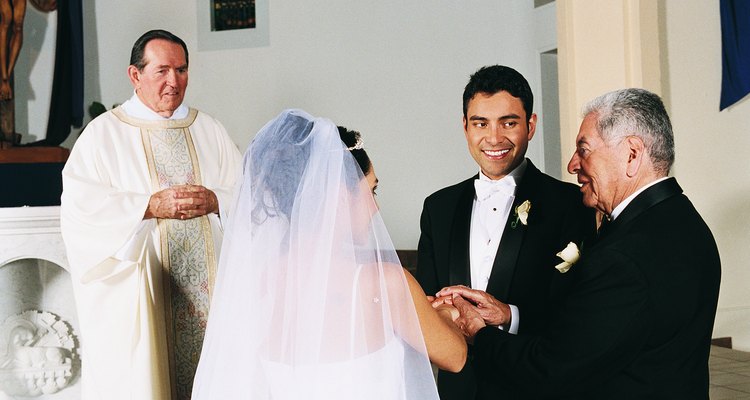
Digital Vision./Digital Vision/Getty Images
The bride is escorted down the aisle by her father or other loved one. It is customary for guests to rise during this processional, and the bride should walk to the right of her escort. This will place the bride's escort in between the groom and bride for the "giving away" of the bride.
Welcome and Introduction
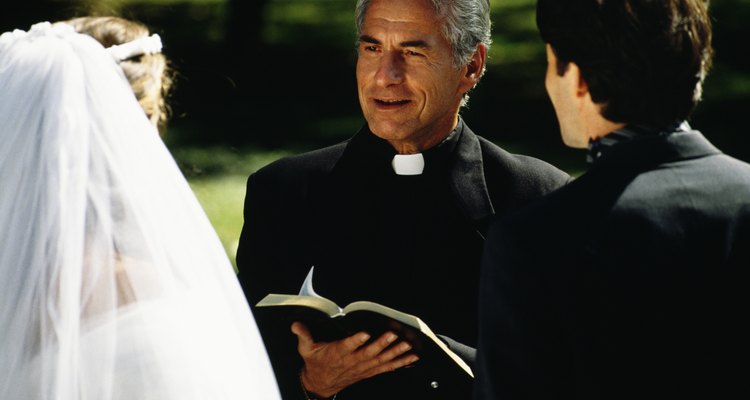
Jupiterimages/liquidlibrary/Getty Images
When the bride arrives at the end of the aisle, the officiant welcomes guests and may pray to offer a blessing over the marriage. The officiant may also ask, "Who gives this bride to be married?" The bride's escort will offer a reply, then be seated.
Readings and Exchange of Vows

Jupiterimages/Photos.com/Getty Images
A friend or family member may be appointed to read passages from the Bible or a favorite quotation. After this, vows are exchanged. The bride and groom may have chosen to write their own vows, offering their personal promises of love and devotion. Some religions may not allow the writing of personal vows, in which case the bride and groom will use the vows the officiant recites for them to repeat.
Exchange of Rings
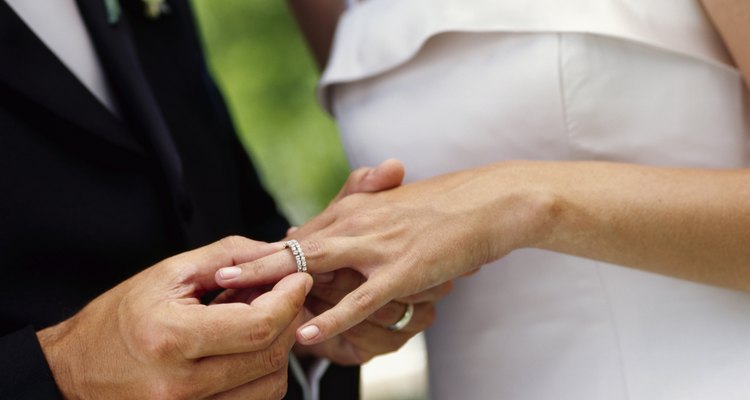
Stockbyte/Stockbyte/Getty Images
The best man and/or maid of honor typically hold the rings prior to the exchange. During the exchange of rings, the bride and groom recite additional vows and place the rings on each other's left ring fingers.
Pronouncement
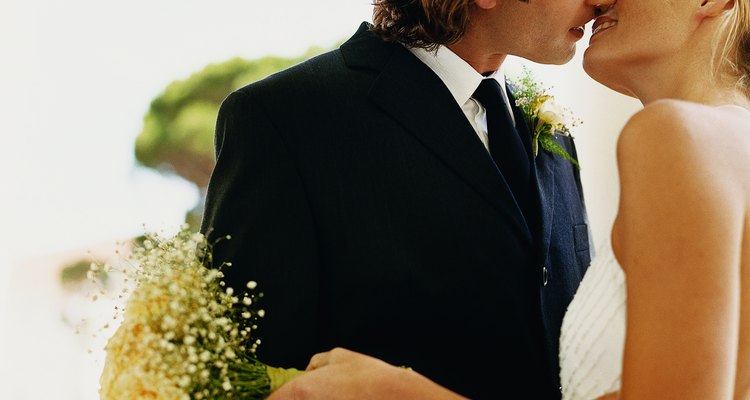
Digital Vision./Digital Vision/Getty Images
Once the rings are exchanged, the officiant declares, "I now pronounce you husband and wife." Some may choose to seal this declaration with a kiss, in which case the officiant says, "You may kiss the bride."
A prayer may be offered, or music may be cued to begin the recessional.
Recessional
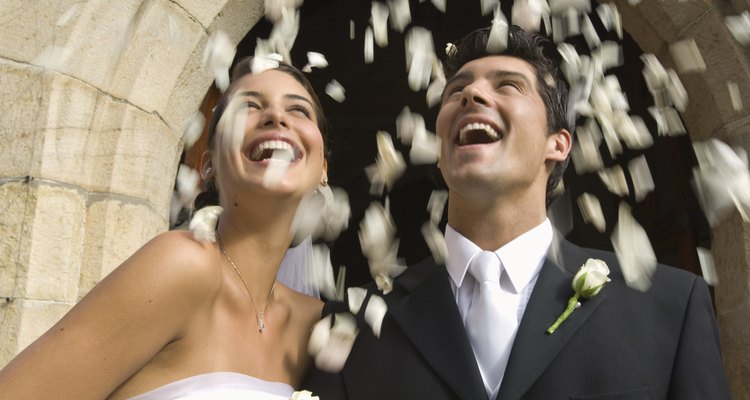
Jupiterimages/Pixland/Getty Images
The wedding party exits the church in the reverse order from which they arrived. The bride and groom leave first, followed by the flower girl and ring bearer, and then the attendants. Mothers and grandmothers should be escorted following the attendants.
Related Articles

How to Introduce Wedding Toasts
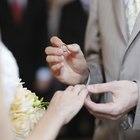
Methodist Wedding Ceremony Program
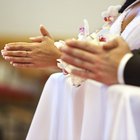
Christian Wedding Prayers and Blessings
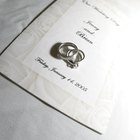
How to Write a Sample Wedding Program

What Is the Difference Between a ...

When Does the Mother of the Bride Go ...

Wedding Etiquette for Catholic ...
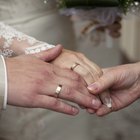
What Is the Benediction in a Wedding ...
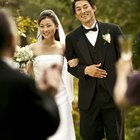
The Wording for a Simple Wedding ...

Wedding Blessing Etiquette
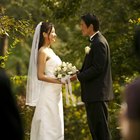
Order of Events for a Non-Religious ...

How to Become a Wedding Officiant in ...

What Is a Bride's Proxy?

When Is It Time to Play the Wedding ...

Responsibilities of the Groom's Parents ...

Traditional Duties of a Maid of Honor ...

Does the Wedding or Engagement Ring go ...

Requirements for Getting Married in a ...
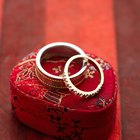
How to Plan a Traditional Latin Mass ...

The Common Procedures of a Catholic ...
References
Writer Bio
Rachel Nall began writing in 2003. She is a former managing editor for custom health publications, including physician journals. She has written for The Associated Press and "Jezebel," "Charleston," "Chatter" and "Reach" magazines. Nall is currently pursuing her Bachelor of Science in Nursing at the University of Tennessee.
Photo Credits
Marc Debnam/Digital Vision/Getty Images